The Crucial Debate on Theatre Commands and Air Power in India
By Air Marshal R Nambiar (Retd.)
As India charts its defence future amidst evolving threats and transformative technologies, a critical debate is raging within the armed forces on the proposed theatre commands. The Chief of Defence Staff (CDS), General Anil Chauhan, champions the theatre model, calling it the “next orbit” of jointness for the Army, Navy, and Air Force. In contrast, the Indian Air Force (IAF) Chief, Air Chief Marshal A.P. Singh, urges caution, questioning whether this structural overhaul is timely or even wise.
The Indian military has been reorganised several times over the past 79 years in response to lessons from past wars. Yet, the proposed theatre command reform is perhaps the first being pursued not from hard-earned experience, but in an attempt to imitate the United States and China without fully considering India’s unique strategic conditions. With India’s scarce resources, particularly in air power projection, such a move risks being less reform than folly. While consolidation of naval assets into a maritime theatre appears sensible, and the allocation of Army forces to land theatres is understandable given India’s vast frontiers, these constraints do not apply to the Air Force. Dividing the IAF’s strength would be counterproductive.
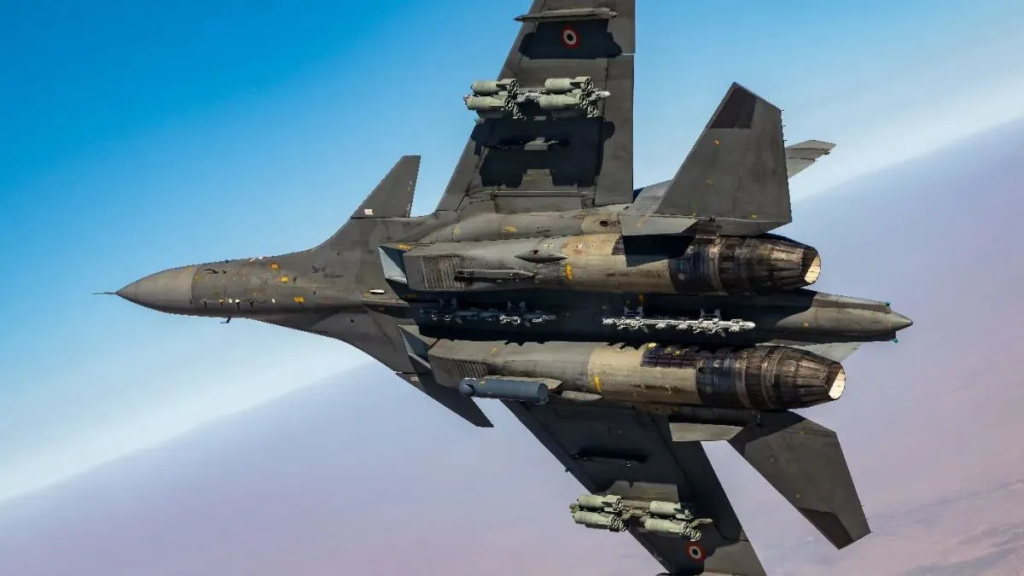
At the heart of this dispute lies the pivotal role and nature of air power in modern warfare. The IAF’s tempo measured in thousands of kilometres per hour vastly outpaces the plodding 20 km/h march of land and sea forces. This speed gives the Air Force the unique ability to shape battles, dictate escalation, and deliver decisive blows far beyond the front lines. To fragment the IAF’s already limited fighter strength just 29 front-line squadrons, many ageing and under-equipped across multiple theatre commands would blunt its strategic edge. It is like breaking a finely-honed sword into three pieces and expecting it to cut with the same sharpness.
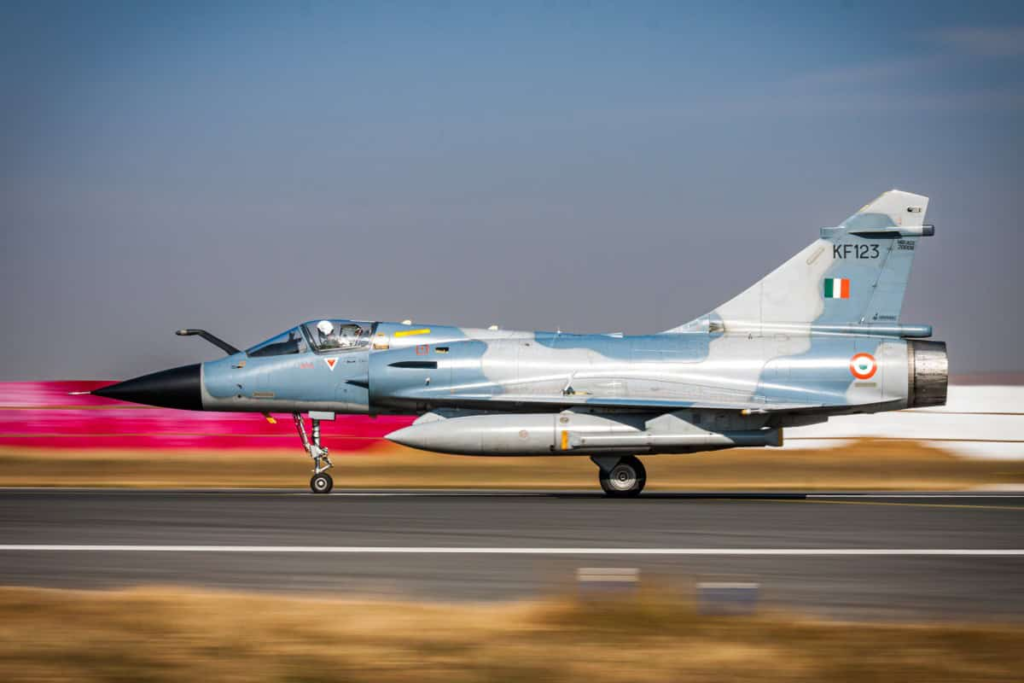
Operation Sindoor, India’s recent thunderbolt campaign against Pakistan, proves the point. Through centralised planning and rapid, calibrated strikes, the IAF crippled adversary nerve centres and forced a ceasefire in under four days an achievement unprecedented in military history. This success was possible precisely because air power functioned as a unified, concentrated force, not as a dispersed or administratively shackled one. It demonstrated that modern air warfare demands command structures built for speed, flexibility, and maximum concentration.

The CDS’s vision of theatre commands draws on global doctrines in the US and China, where joint commands integrate responses across domains. But India is not those countries. With equipment shortages, ageing fleets, and a still-developing defence industrial base, wholesale theatralisation risks fracturing an already stretched force. Strategic depth is not only about geography it is also about capacity. And India’s capacity in air power is simply not strong enough to be divided without grave risk.

The Navy’s support for theatralisation is understandable; maritime assets are naturally tied to the sea. The Air Force, however, is not bound by geography. Its resistance reveals a deeper cultural and doctrinal fault line in India’s military thinking. Instead of division, the IAF proposes a “joint planning and coordination centre” in New Delhi centralised strategic planning with decentralised tactical execution. This approach would preserve air power’s unique strengths while still enabling inter-service cooperation.
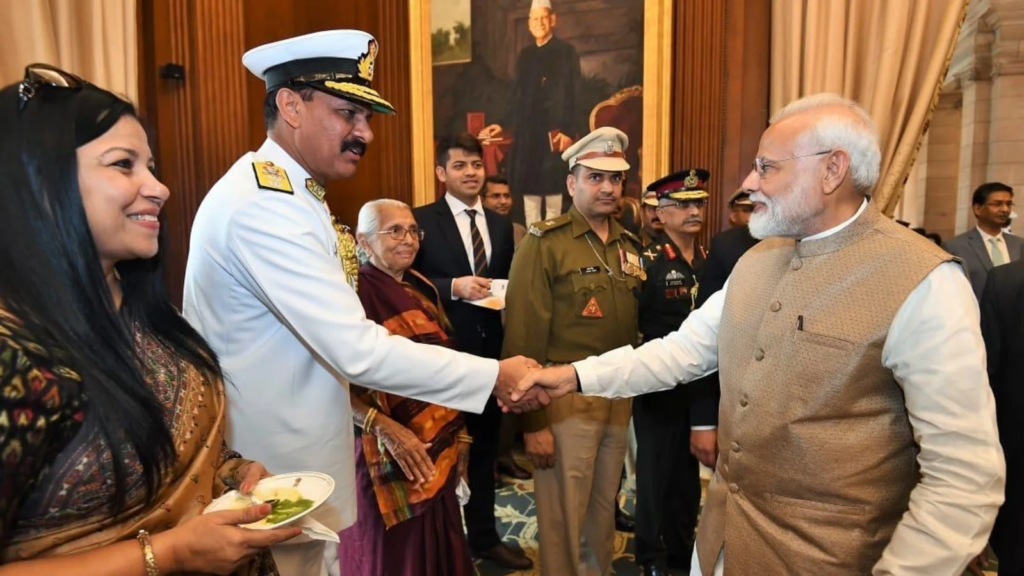
While the CDS calls for openness and dialogue, he underestimates the existential stakes. To ignore the Air Force’s warnings risks creating a fragmented command system that blinds India’s most potent war-winning tool. Jointness should not be a slogan or an end in itself it must be a means to strengthen, not weaken, the armed forces. History is a battlefield littered with the wreckage of reforms that mistook bureaucracy for strength.
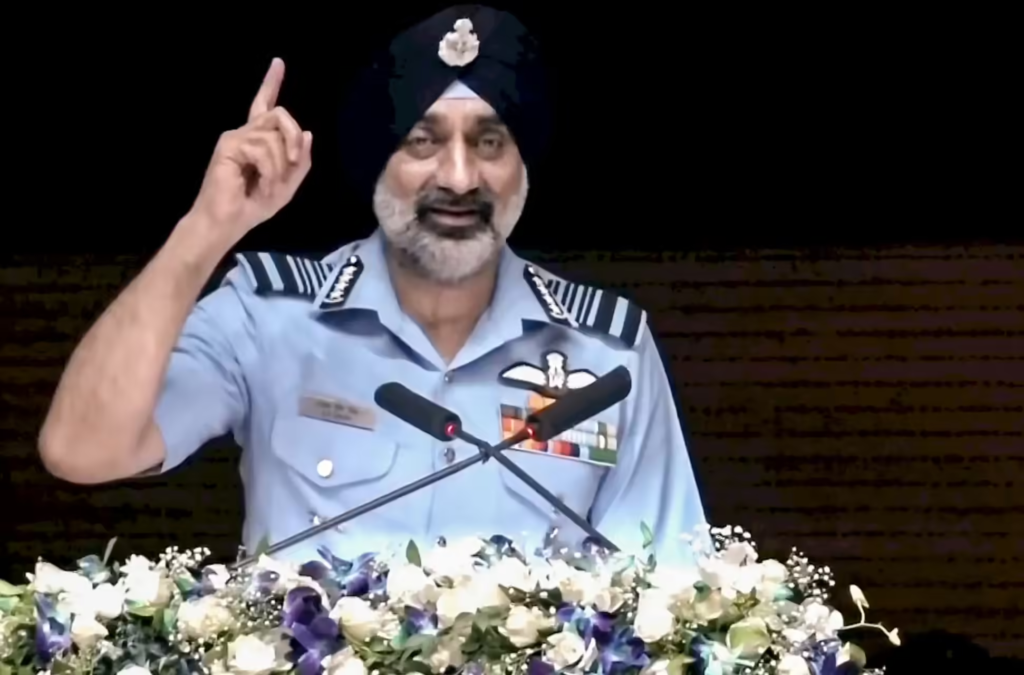
India’s security environment demands agility, precision, and technological synergy grounded in operational understanding. Lessons from Ukraine, the Israel–Iran conflict, and Operation Sindoor all underscore that air power is decisive. Ukraine, even without a navy, has forced Russia’s Black Sea Fleet into hiding proof that air and missile power can dominate maritime theatres without traditional naval parity.
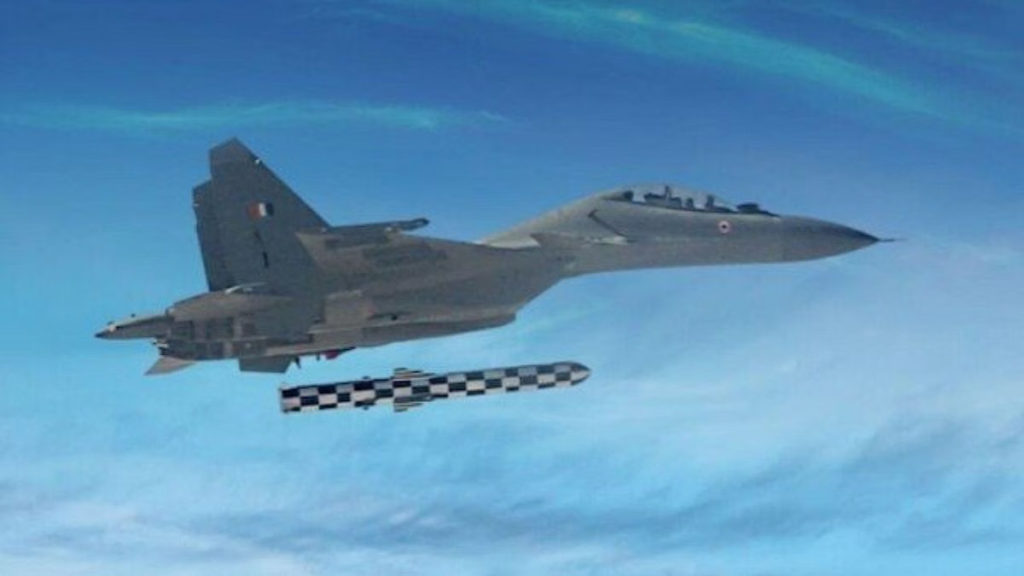
India’s armed forces must look beyond imported models and confront uncomfortable truths. Theatre commands may have a future, but only if they are tailored to India’s strategic realities. A single integrated “India Theatre” might serve better than fragmented imitations of foreign systems. The IAF’s concerns must not be dismissed as turf protection; they are a vital caution against a premature reform that could sap India’s warfighting edge.
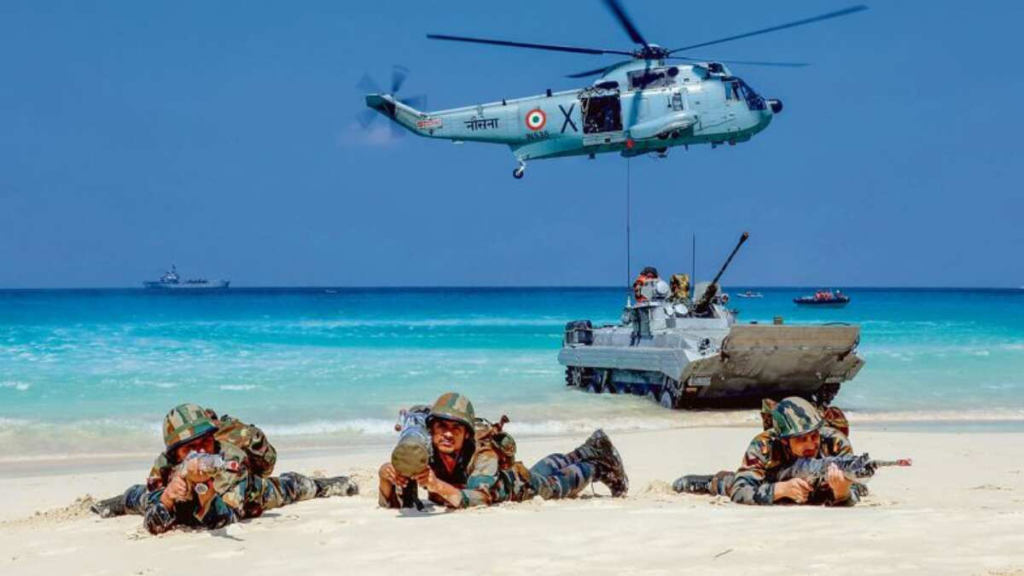
This debate is not academic it is about whether India can prevail in the skies, seas, and land battles of tomorrow. The nation deserves a strategic discourse that balances innovation with realism. Rushing blindly into theatralisation would be like building a grand bridge on crumbling foundations it may look impressive, but it will collapse when most needed.
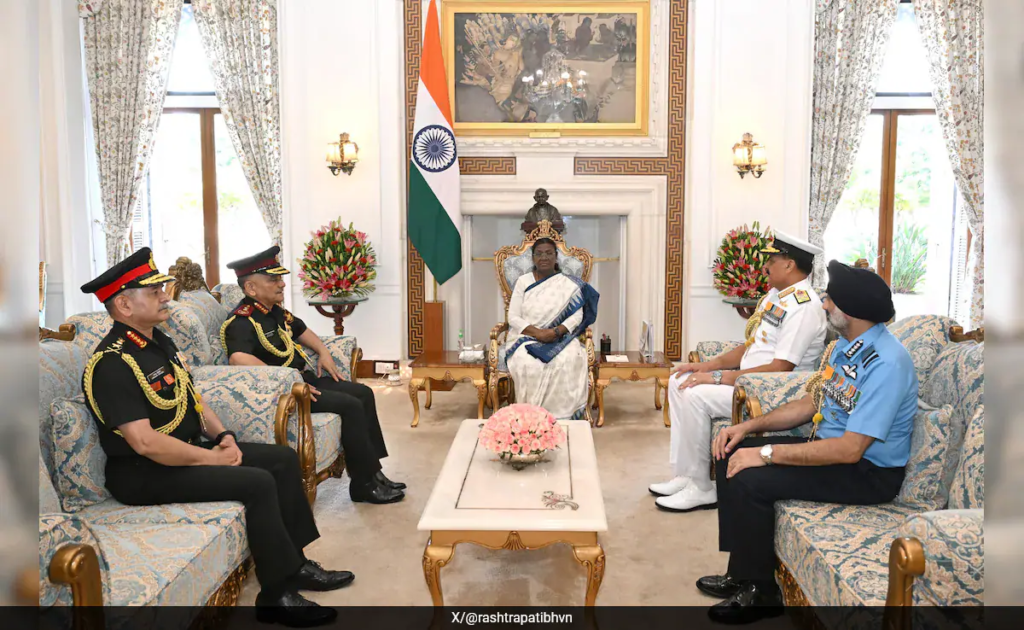
India’s future security may well depend on whether it navigates this debate with wisdom, or gambles away its most critical asset: the sharp, unblunted edge of air power
(The author is a former Commander-in-Chief of Eastern and Western Air Command)
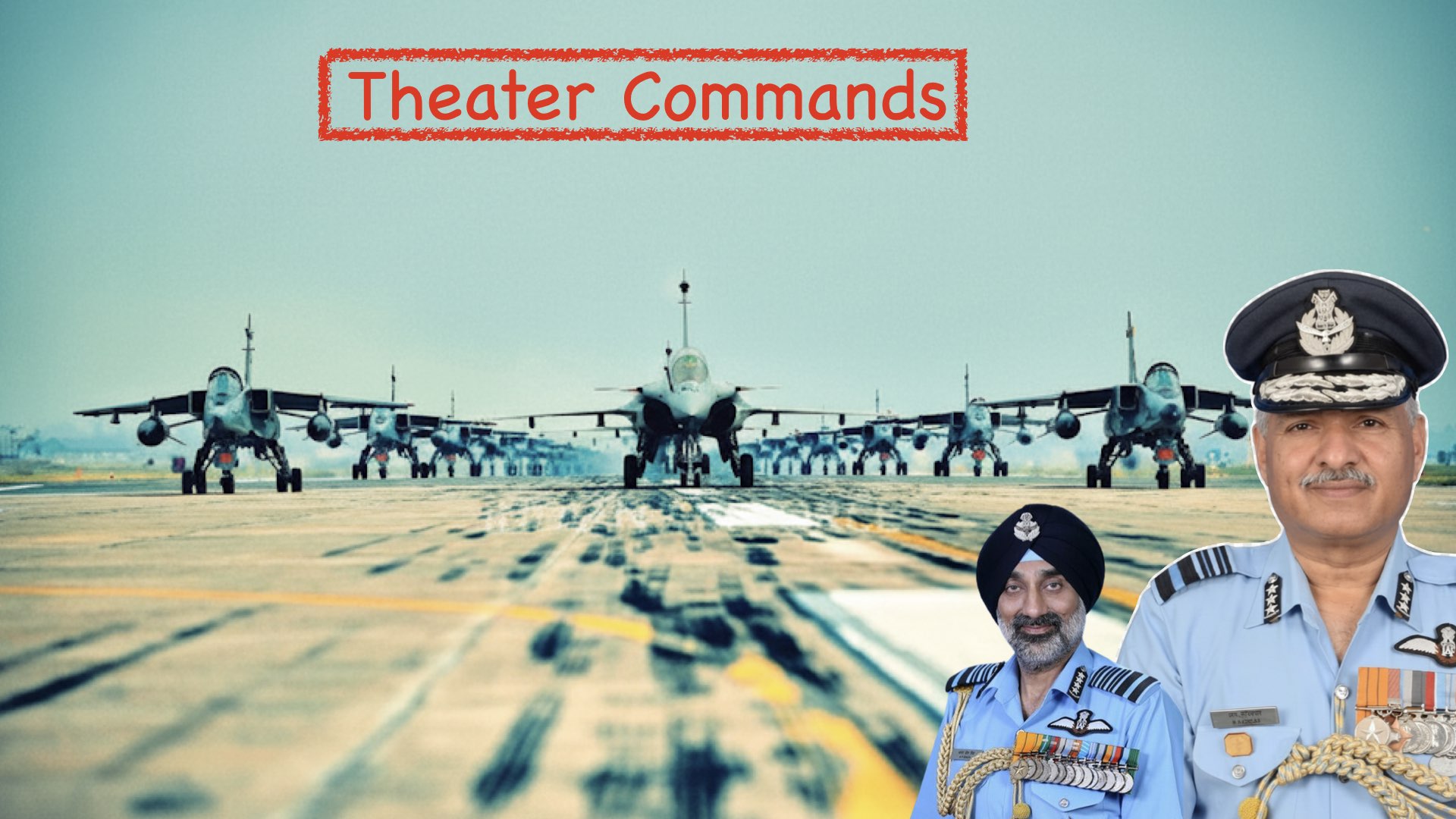
Air Force has a valid point.
this theatrization thing was scary from the start itself. IAF suggestion of a unified command center must be given a thought.
The Unified Command is the only answer.
Flexibility is the most effective weapon of AirPower. That’s most effective only if we have the entire force under one command.
And specifically under the present circumstances where we are down to 29 in place of 48 Sqns , we should never ever think of breaking this force into different theatres or sectors
My sincere opinion and suggestion is not to even think of it
Regards
Wg Cdr ( Retd ) Kurian Cherian
The Army moves at 2 Knots (roughly 3.2 Kmph), the Navy at 20 Knots, I have flown at 2000 Knots. The flexibility, mindset and many other things are vastly different. We cannot put all of them under one commander and expect enhanced combat effectiveness. The Air Force needs objectives to be achieved as per a timeline, how they will be achieved is left to the Squadrons and no one should interfere in the process. The IAF will be asphyxiated if placed under a Theater Commander – ask PAF as to what they endure, being fully controlled by the Army.
Excellent picture of the realistic situation!
The Air Chief ‘s logic and cogent reasoning given by the author is very true.
I think it would be foolhardy to fragment the Indian Airforce.